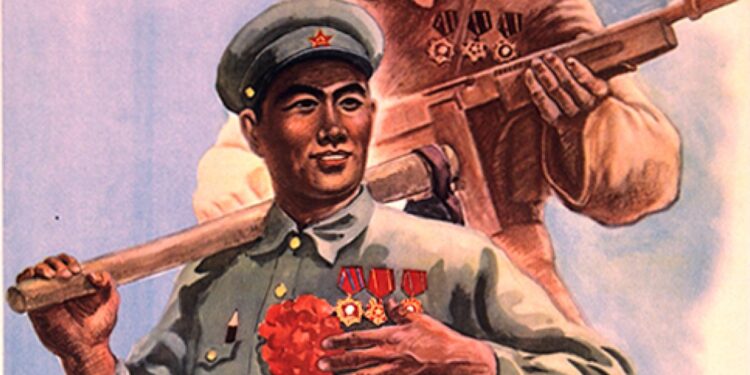The 1979 Chinese Invasion of Vietnam: A Brief But Bloody Border War
In February 1979, China launched a massive invasion of northern Vietnam, initiating a brief but intense conflict that would last less than a month. The invasion, orchestrated by Chinese leader Deng Xiaoping, was intended to “teach Vietnam a lesson” for its invasion and occupation of Cambodia, which had overthrown China’s ally, the Khmer Rouge regime.
The conflict’s roots lay in complex Cold War dynamics. Vietnam, supported by the Soviet Union, had become increasingly assertive in Southeast Asia following its victory over the United States in 1975. China, viewing Vietnam’s growing influence as a threat to its regional interests, decided to take military action.
On February 17, 1979, approximately 200,000 Chinese troops crossed into Vietnam along the countries’ shared border. The Chinese forces faced fierce resistance from Vietnam’s battle-hardened army and militia units. Despite China’s numerical superiority, Vietnamese forces effectively used their knowledge of the terrain and experience from previous conflicts to mount a strong defence.
The fighting was particularly intense around key cities like Lang Son and Cao Bang. Vietnamese forces employed guerrilla tactics and used their extensive network of fortifications and tunnels to inflict significant casualties on the Chinese army. The Chinese military, which hadn’t seen major combat since the Korean War, struggled with outdated equipment and tactics.
After 29 days of combat, China declared its “punitive mission” complete and began withdrawing its forces on March 16. Both sides claimed victory, but the human cost was substantial. Estimates of casualties vary widely, with some sources suggesting combined losses of up to 60,000 soldiers and civilians.
The war’s aftermath had lasting implications for both countries. While China technically achieved its strategic goal of pressuring Vietnam to reconsider its regional ambitions, the conflict exposed significant weaknesses in the Chinese military, leading to comprehensive modernization efforts. Vietnam maintained its position in Cambodia until 1989 but found itself increasingly isolated internationally.
Border tensions between the two countries continued for years after the war, with sporadic clashes occurring until the eventual normalization of relations in 1991. The 1979 war remains a sensitive topic in both nations’ histories, demonstrating how regional powers’ competing interests can lead to devastating military confrontations.
Today, while China and Vietnam maintain significant economic ties, the memory of the 1979 conflict continues to influence their complex bilateral relationship, serving as a reminder of the potential costs of regional rivalry.
newshub



Recent Comments